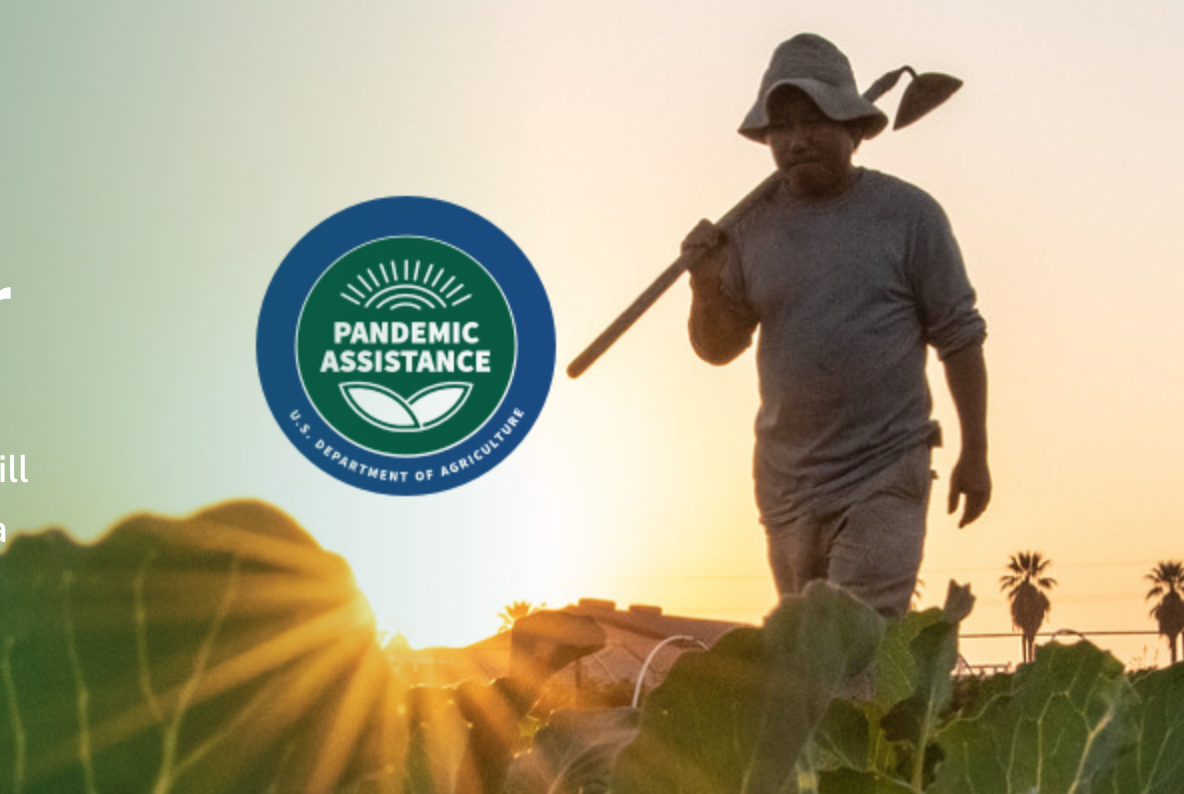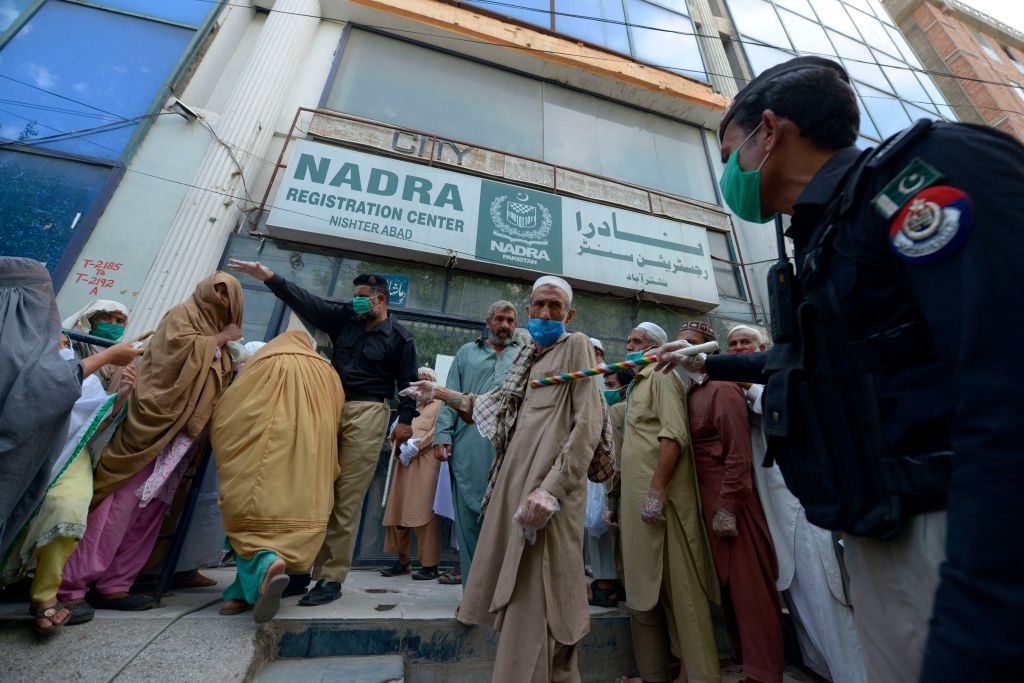On the 3rd of November, Saudi Arabia and Oman signed two agreements. One is an Agreement of Understanding in the field of the digital economy and the other is an agreement of cooperation to jointly launch a digital skills training initiative. During the meeting, both countries also discussed enhancing aspects of cooperation between the two sides in the digital economy, e-government, cyber-security, and digital innovation.
The MoU encourages communication between the two sides to exchange information in the field of communications and information technology. It also strengthens their cooperation in a number of areas, including government digital transformation, the development of communications infrastructure, capacity building and training, and joint investment in the postal sector. Now, MoU is a Memorandum of Understanding, a document that describes the broad outlines of an agreement that two or more parties have reached. As mentioned above, it is most often signed to strengthen ties between two countries.
During the meeting, the Saudi Minister of Communications and Information Technology and his Omani counterpart launched the Saudi-Omani Digital Skills Initiative. The Initiative aims to exchange the best practices knowledge gained through experiences. It includes developing digital skills to meet the requirements of the labor market in the sector of Information and Communication Technology (ICT).
The agreement will help both countries move forward with their digital revolution, and contribute to increasing job opportunities. It targets to qualify 1,000 trainees by 2052 and that also involves several training programs on data and computing (AI), software design and development, cyber security, financial technologies, technical project management, digital marketing, and user experience.
The Omani side will cooperate by raising digital awareness through the dissemination of educational digital content and also through the provision of technical training courses. The provision of technical training courses online is through the Digital Giving Webinar, planning to reach 25,000 beneficiaries by 2025.
Source:






Comments